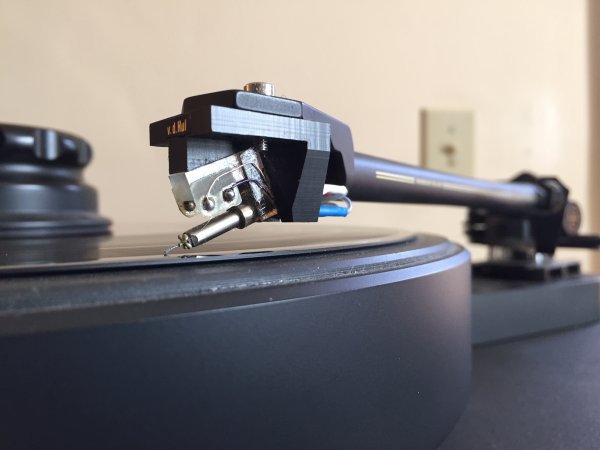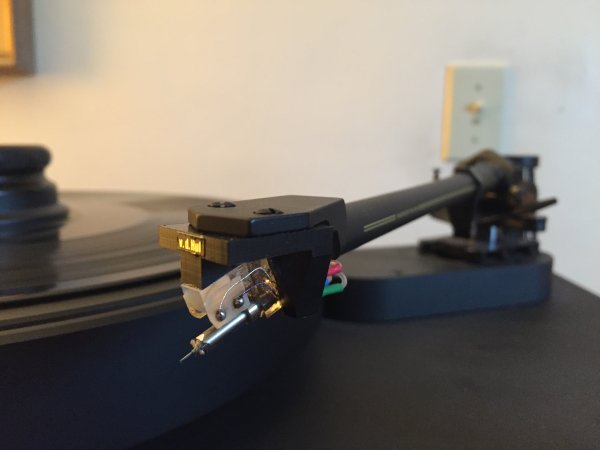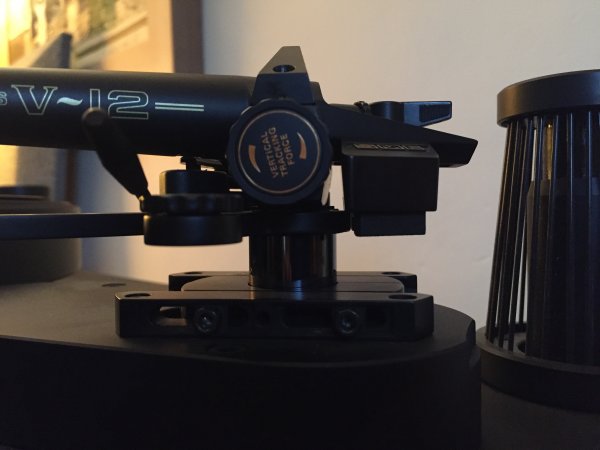I am enjoying listening to my Colibri XPP. It is still breaking in and has only slightly less than 20 hours so far. I've read that these need between 75-100 hours to really sound their best. The recommended loading is 200 ohms and I am switching back and forth between 250 and 160 ohms. Above 500 is way to bright and lean/thin sounding and below 100 is sluggish and a bit muddy. The output is 0.4 mV. VTF is set at 1.4 grams.
My initial sonic impressions are that it is slightly more resolving that my AirTight Supreme with great string texture, vocal articulation and spatial information, has a wider and deeper soundstage, and it seems slightly quicker. The midrange is not as rich, and there is not as much weight or body. It is leaner sounding with less emphasis on the middle frequencies, though extension in both the highs and lows is superb. It may be more tonally neutral than the Supreme which emphasises the midrange slightly. My My Sonic Labs Sig. Gold has the extension and dynamics of the Colibri and the body and weight of the Supreme, so it seems to combine various attributes of each, but it does not have the spatial resolution of the Colibri nor the heavenly midrange of the Supreme.
I'll be curious to see if and how it changes over time. Have other members had good experiences with the Colibri and does anyone know what is done at the 300 hour checkup? Is it worth sending the cartridge back at that time? I must say that naked cantilever without stylus guard makes me mighty nervous. Here is a photo:

My initial sonic impressions are that it is slightly more resolving that my AirTight Supreme with great string texture, vocal articulation and spatial information, has a wider and deeper soundstage, and it seems slightly quicker. The midrange is not as rich, and there is not as much weight or body. It is leaner sounding with less emphasis on the middle frequencies, though extension in both the highs and lows is superb. It may be more tonally neutral than the Supreme which emphasises the midrange slightly. My My Sonic Labs Sig. Gold has the extension and dynamics of the Colibri and the body and weight of the Supreme, so it seems to combine various attributes of each, but it does not have the spatial resolution of the Colibri nor the heavenly midrange of the Supreme.
I'll be curious to see if and how it changes over time. Have other members had good experiences with the Colibri and does anyone know what is done at the 300 hour checkup? Is it worth sending the cartridge back at that time? I must say that naked cantilever without stylus guard makes me mighty nervous. Here is a photo:




